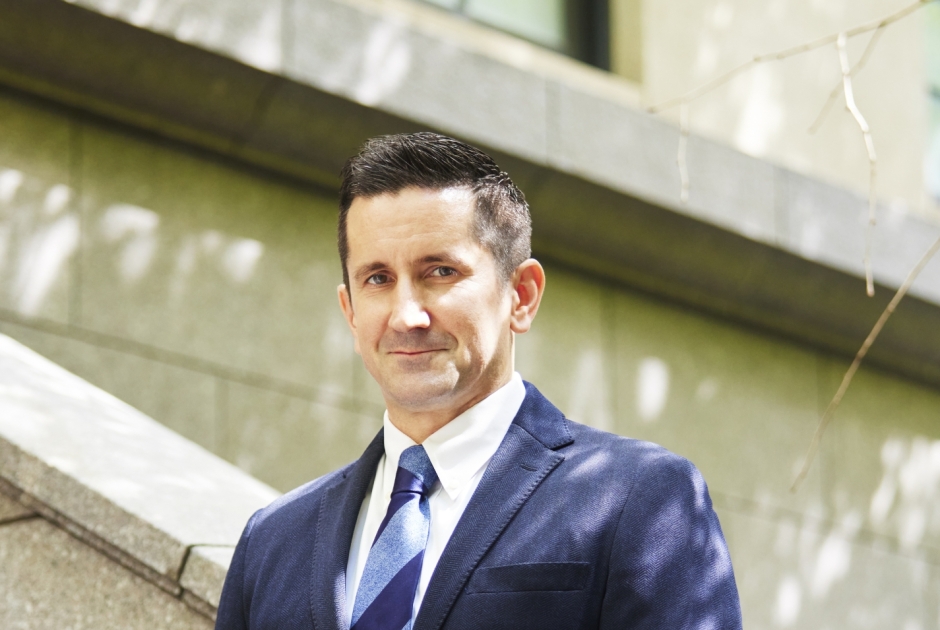- News
- Prof. Detey published an Open Access article – Phonetic or morpholexical issues in L2 speech?
Prof. Detey published an Open Access article – Phonetic or morpholexical issues in L2 speech?

- Posted
- 2025年11月3日(月)
In October 2025, Professor Detey published an Open Access article entitled “Phonetic or morpholexical issues in L2 speech? A pilot study of ambiguity assessment for pedagogical purposes among Japanese learners of French” – in the academic journal Language Testing in Asia (Springer) with Dr V. De Fino and Dr L. Fontan (Archean Labs, France).
Reference
Detey, S., De Fino, V. & Fontan, L. (2025). Phonetic or morpholexical issues in L2 speech? A pilot study of ambiguity assessment for pedagogical purposes among Japanese learners of French. Language Testing in Asia 15(65). https://doi.org/10.1186/s40468-025-00394-5
Abstract
When second language (L2) learners speak in their L2, they can make errors involving one or several distinct linguistic levels (e.g., pronunciation errors, wrong lexical and morphosyntactic choices). As a consequence, the exact nature of a given performance error can be ambiguous, preventing human and automatic assessment systems from providing appropriate feedback and adopting adequate corrective techniques. The current pilot study aims at addressing this hitherto scarcely documented methodological issue by designing and testing an innovative bimodal written-oral sentence-translation framework. The framework was implemented in a computer interface and tested with 40 Japanese learners of French, who translated a set of sentences specifically selected to elicit errors that can be attributed to the pronunciation level, the morpholexical level, or both. Written productions were analyzed automatically, whereas the oral productions were manually assessed by three human listeners. Results show that the combination of written and oral assessments could disambiguate the nature of the learners’ errors by distinguishing between 5 distinct cases involving pronunciation errors, morpholexical errors, or both. From a pedagogical perspective, the output of the bimodal assessment framework can lead to appropriate feedback and feedforward for the learners, which would be impossible to obtain through a single assessment of the oral productions. Future directions for the development of a fully automatic version of the assessment framework are discussed.
Acknowledgements
This study was supported in Japan by JSPS KAKENHI Grants (B) n°23K20100 and n°24K00093 (S. Detey), JSPS Fellowship n°S23073 (S. Detey & L. Fontan), and Waseda University, and in France by the ALAIA LabCom (ANR project 18-LCV3-0001) (IRIT, Toulouse 3 University & Archean Technologies).

